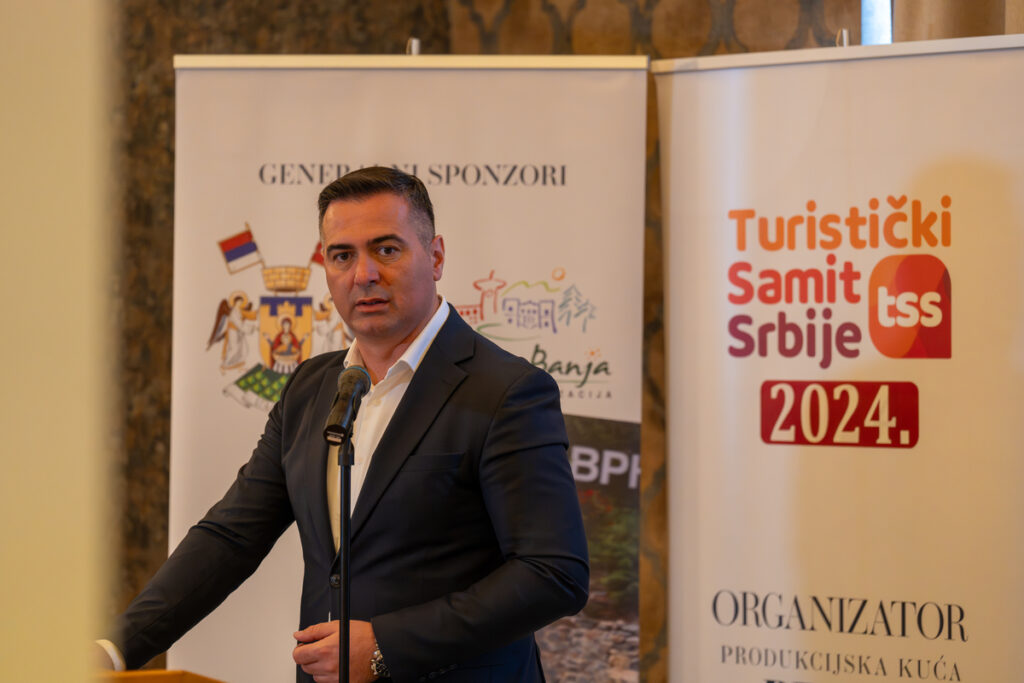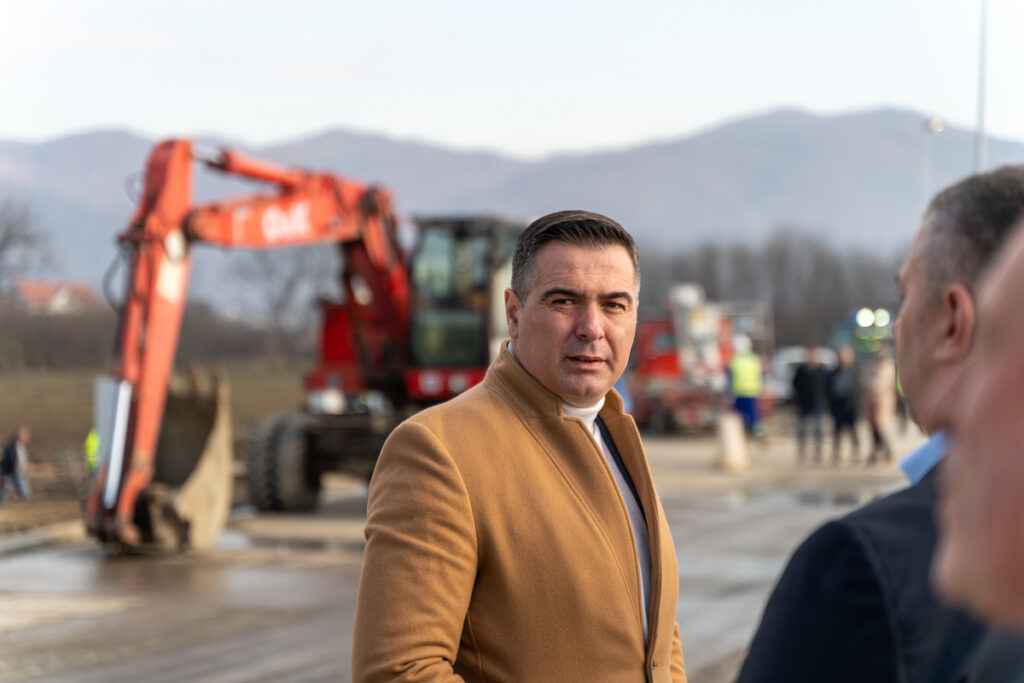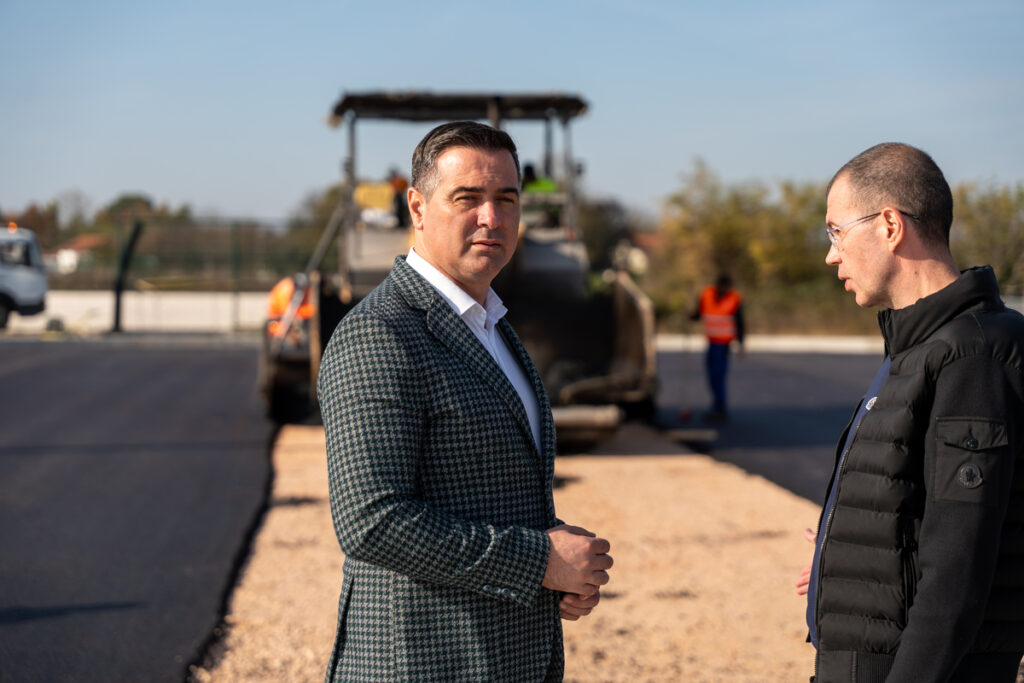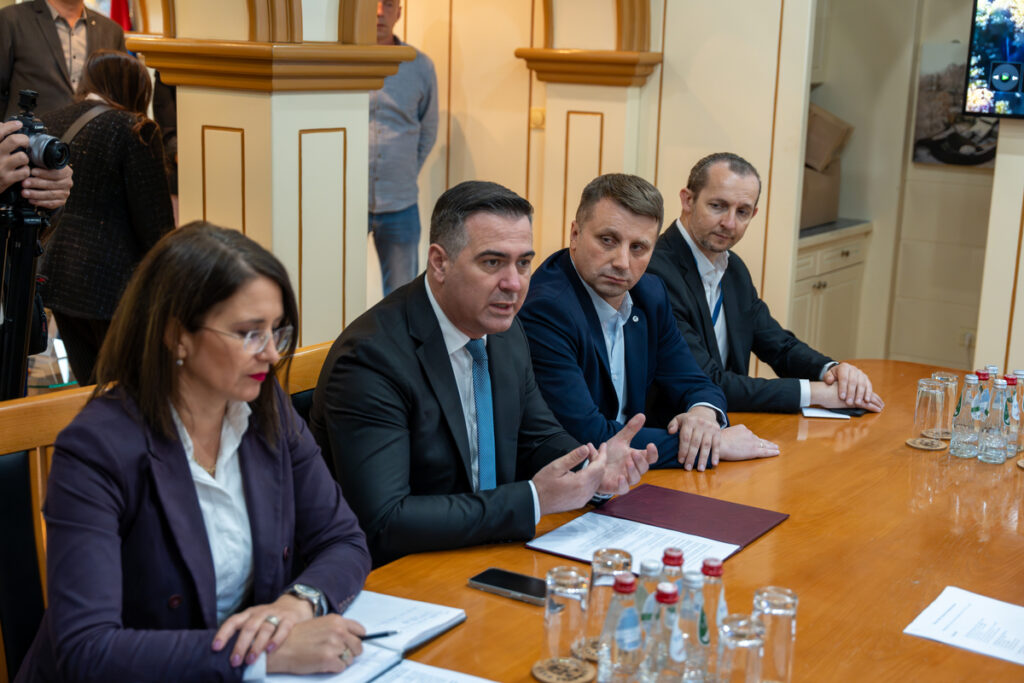How Strategic Investments Transformed Serbia’s Premier Spa Destination
 Vrnjačka Banja, Serbia’s renowned spa town, has become a prime example of successful tourism development, blending natural beauty with innovative infrastructure. Bojan Đurović, the mayor of Vrnjačka Banja, has played a pivotal role in leading this transformation. In this interview, Mayor Đurović shares insights into the strategies, landmark projects, and future plans that have positioned Vrnjačka Banja as one of Serbia’s most attractive destinations for visitors from around the world.
Vrnjačka Banja, Serbia’s renowned spa town, has become a prime example of successful tourism development, blending natural beauty with innovative infrastructure. Bojan Đurović, the mayor of Vrnjačka Banja, has played a pivotal role in leading this transformation. In this interview, Mayor Đurović shares insights into the strategies, landmark projects, and future plans that have positioned Vrnjačka Banja as one of Serbia’s most attractive destinations for visitors from around the world.
Vrnjačka Banja has become one of Serbia’s most attractive tourist destinations. Can you tell us about the development strategy that led to this success?
Our development strategy focuses on consistent investments to keep pace with European tourism trends. These investments prioritise creating tourist attractions that influence visitors’ decisions to choose our destination. Additionally, we’ve placed significant emphasis on enhancing our hospitality infrastructure, with constant renovations and the construction of new hotels to cater to all categories of tourists. For instance, over the past year, we’ve made substantial investments in the town’s centre, particularly the pedestrian zone called Crkveno Brdo. This area now features new walking paths leading to Vrnjačka Banja’s first glass observation deck, offering breathtaking panoramic views of the area. Since its opening, it has become a must-visit attraction for residents and tourists.
 What are some of the historical projects currently being revitalised for tourism?
What are some of the historical projects currently being revitalised for tourism?
One notable project is revitalising the Ler Tunnel, a historical structure from World War II that served as a German army base. We’ve completed the first phase, which involved reconstructing the tunnel’s walls and creating six rooms along its 160-meter length. The second phase will include multimedia exhibits showcasing Vrnjačka Banja’s history, allowing visitors to explore this historical space and exit directly onto Serbia’s longest promenade.
Strategic investments in modern infrastructure, historical revitalization, and natural attractions have transformed Vrnjačka Banja into one of Serbia’s most sought-after tourist destinations, catering to a diverse range of visitors
Sports tourism has gained prominence in Vrnjačka Banja. What developments have been made in this sector?
Sports tourism is indeed a significant component of our strategy. Recently, we completed two major projects: a football field with artificial turf and a multifunctional balloon hall. These facilities cater to professional teams and local youth leagues, providing a complete environment for training and competitions. Our existing sports infrastructure includes four indoor arenas, which have already hosted numerous domestic and international teams. With our favourable climate and hotel accommodations, Vrnjačka Banja is becoming a preferred destination for sports preparations.
Private investment plays a crucial role in Vrnjačka Banja’s growth. Could you elaborate on this?
Absolutely. Our favourable investment climate has attracted significant private initiatives, including new hotels, apartments, and guesthouses. A highlight is the recently completed Hotel Kocka, a four-star establishment offering spacious rooms with individual wellness amenities. We also anticipate the opening of Merkur Palace, a five-star hotel designed to enhance luxury and health tourism. This project aligns with our aim to attract high-income visitors and business travellers.
 How has Vrnjačka Banja leveraged its natural beauty for tourism development?
How has Vrnjačka Banja leveraged its natural beauty for tourism development?
Leveraging our natural resources is integral to our approach. One of our most ambitious projects is the construction of a 7.1 km gondola connecting the town centre to the Goč Mountain peak. This gondola, featuring 112 cabins, will provide breathtaking views and link visitors to hiking trails, biking paths, and pristine forests. We are also developing a comprehensive plan for Goč, which includes playgrounds, a zoo of native animals, and weekend retreats while preserving its natural environment.
With projects like the 7.1 km gondola to Goč Mountain and collaborations on EU-funded initiatives, Vrnjačka Banja is poised to strengthen its regional prominence and sustainable growth
How does Vrnjačka Banja compare with other renowned European spa towns?
To identify similarities and opportunities, we’ve studied leading European spa towns such as Vichy, Karlovy Vary, and Baden-Baden. While these towns benefit from centuries-old architecture, we excel in modern infrastructure and well-maintained parks. Our competitive edge lies in offering high-quality services at more affordable prices. Moreover, as Serbia progresses toward EU integration, we’re utilising EU funds to modernise public facilities and enhance energy efficiency.
What role does regional and international collaboration play in your strategy?
Collaboration is key. We’ve established partnerships with towns in Slovenia, Montenegro, and France, among others, to apply for joint EU projects. These collaborations have enabled us to fund public building renovations and energy-efficient infrastructure. Recently, we initiated discussions with Hungary to strengthen our network further. We aim to achieve sustainable growth for the entire region by pooling resources.
 What can we expect in the coming years from Vrnjačka Banja?
What can we expect in the coming years from Vrnjačka Banja?
The future looks bright. With the Morava Corridor Highway nearing completion, Vrnjačka Banja will gain direct access to major transportation routes, facilitating tourism and industrial investments. We’re also exploring projects like an indoor water park and mini eco-friendly factories along the highway. By maintaining our focus on strategic planning and sustainability, we aim to remain one of Serbia’s premier tourist destinations.
All photos: Courtesy of Vrnjačka Banja City Council / Savo Tufegdžić